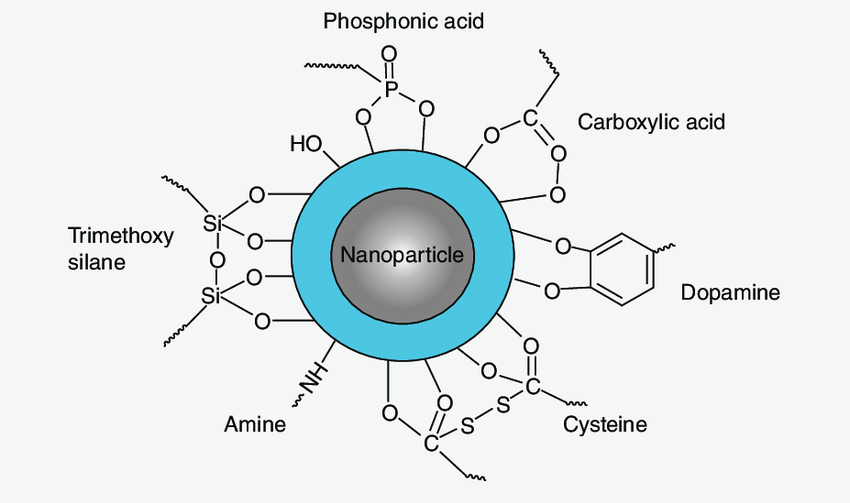Metal Oxide Nanoparticles: Versatile Materials for Diverse Applications
What are Metal Oxide Nanoparticles?
Metal oxide nanoparticles are a class of nanomaterials composed of metal cations bonded to oxygen anions, with particle sizes ranging from 1 to 100 nanometers. These nanoparticles exhibit unique physical, chemical, and electronic properties that differ from their bulk counterparts, making them attractive for a wide range of applications.

Synthesis Methods
Various synthesis methods have been developed to produce metal oxide nanoparticles with controlled size, shape, and composition. These methods can be broadly categorized into two groups:
Top-down Approaches
Top-down approaches involve the breakdown of bulk materials into smaller nanoparticles. Examples include mechanical milling, laser ablation, and lithography. These methods are often simple and scalable but may have limitations in terms of size control and uniformity.
Bottom-up Approaches
Bottom-up approaches involve the assembly of atoms, molecules, or clusters into nanoparticles. Examples include sol-gel synthesis, hydrothermal/solvothermal methods, and chemical vapor deposition. These methods offer better control over nanoparticle size, shape, and composition but may be more complex and time-consuming.
Properties of Metal Oxide Nanoparticles
Metal oxide nanoparticles exhibit several unique properties that make them attractive for various applications:
- High Surface Area: The small size of metal oxide nanoparticles results in a high surface-to-volume ratio, which enhances their reactivity, adsorption capacity, and catalytic activity.
- Optical Properties: Many metal oxide nanoparticles exhibit interesting optical properties, such as absorption, emission, and scattering of light, which can be tuned by controlling their size, shape, and composition. This makes them useful for applications in photocatalysis, sensing, and imaging.
- Magnetic Properties: Some metal oxide nanoparticles, such as iron oxide and cobalt oxide, exhibit magnetic properties that can be exploited for applications in data storage, magnetic separation, and biomedicine.
- Electronic Properties: Metal oxide nanoparticles can exhibit unique electronic properties, such as semiconducting behavior, high dielectric constants, and resistive switching, which are useful for applications in electronics, energy storage, and sensing.
Applications of Metal Oxide Nanoparticles
The unique properties of metal oxide nanoparticles have led to their widespread use in various fields:
Catalysis
Metal oxide nanoparticles, such as titanium dioxide (TiO2), zinc oxide (ZnO), and cerium oxide (CeO2), are widely used as catalysts for various chemical reactions, including photocatalysis, water splitting, and pollution abatement. Their high surface area and reactive sites enable efficient catalytic activity.
Energy Storage and Conversion
Metal oxide nanoparticles play a crucial role in energy storage and conversion devices, such as lithium-ion batteries, supercapacitors, and solar cells. For example, lithium titanate (Li4Ti5O12) nanoparticles are used as anode materials in high-power lithium-ion batteries, while zinc oxide and titanium dioxide nanoparticles are used in dye-sensitized solar cells.
Biomedicine
Metal oxide nanoparticles have shown promise in biomedical applications, such as drug delivery, bioimaging, and cancer therapy. For example, magnetic iron oxide nanoparticles can be used for targeted drug delivery and hyperthermia treatment of cancer, while gadolinium oxide nanoparticles are used as contrast agents in magnetic resonance imaging (MRI).
Environmental Remediation
Metal oxide nanoparticles have been explored for environmental remediation applications, such as water treatment, air purification, and soil remediation. For example, titanium dioxide nanoparticles can be used for photocatalytic degradation of organic pollutants in water, while iron oxide nanoparticles can be used for the adsorption and removal of heavy metals from contaminated soils.
Challenges and Future Perspectives
Despite the promising applications of metal oxide nanoparticles, several challenges need to be addressed for their widespread use. One of the main concerns is the potential toxicity and environmental impact of these nanoparticles. Further research is needed to understand their fate, transport, and interactions with biological systems.
Another challenge is the scalable and reproducible synthesis of metal oxide nanoparticles with precise control over their properties. The development of advanced synthesis methods and characterization techniques will be crucial for the large-scale production and quality control of these nanomaterials.
Future research in metal oxide nanoparticles will focus on the development of novel compositions, morphologies, and functionalities to address specific application needs. The integration of computational modeling and machine learning approaches will accelerate the discovery and optimization of metal oxide nanoparticles for various applications. Additionally, the exploration of hybrid and multifunctional metal oxide nanoparticles will open up new opportunities for advanced materials and devices.
Further Reading
Journal of Functional Biomaterials, Metal Oxide Nanoparticles: Review of Synthesis, Characterization and Biological Effects
Discover Applied Sciences, Metal oxide nanoparticles and their applications in nanotechnology
